10 highly effective email automation workflows
Email automation workflows can solve for a host of needs by enabling you to send the right message to the right person at just the right time. The best part of automated email workflows is that they operate on their own, as you focus on higher-value work. Simply determine the scenarios in which an automated email workflow would serve your needs, set it up, and let your marketing automation solution do the rest. Here are ten highly effective email automation workflows for the digital marketer:
1. Welcome Series for Subscribers:
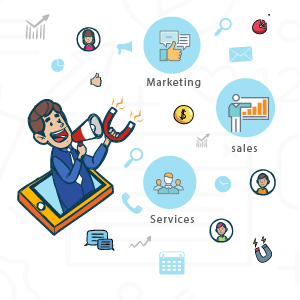
When someone subscribes to your blog or newsletter, you have a great opportunity to engage them and begin their journey along the road to becoming a customer. It’s your chance to make a great first impression. Set up a trigger that automatically sends out the first email as soon as they submit the subscribe form.
The first email in the series shouldn’t try to sell them anything, but rather simply welcome them and potentially offer a one-time discount or promotion. You can follow this a few days later with an email telling them where to look for information and how to contact you if they have questions. Finally, route out one last email asking them for information about themselves so you can better serve them. This will provide you with segmentation data that you can use in the future for personalized marketing.
2. Onboarding Drip for New Customers:
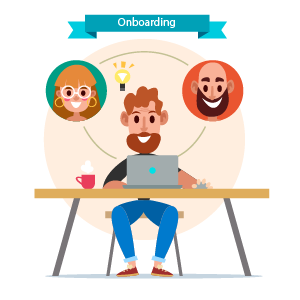
Someone has just signed on as a customer, opening the door for you to show them you care about their success using your product or service. When the system recognizes them as a new customer, trigger an email welcoming them and letting them know how to get in touch with you. Follow that with an automated email within the next week to provide user guides, online training videos, or other content designed to ensure their success. Round it out with an email pointing them to educational resources like your blog, white papers or eBooks.
Illustrating to new customers that you are invested in them generates customer loyalty. It creates a superior customer experience, which is increasingly important. According to Walker Info, by 2020, customer experience will overtake product and price as the key brand differentiator.
3. Lead Nurturing Workflow:
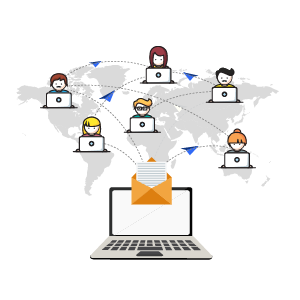
Develop a workflow designed to nurture leads through to qualification. You can kick off your campaign targeting a segmented list of existing leads. Then, use automation to drop newly generated leads into the beginning of the campaign, so they receive the entire series of nurture emails.
Your first few emails should demonstrate to leads that they have a problem that needs solving. Follow this with a few emails that provide a solution to that problem (i.e. the kind of product you sell). Then, your nurture workflow should send a few emails that demonstrate your brand personality and position you as a leader in your space—helping build their confidence in you as a provider. Wrap it up with emails that offer a way to interact one-on-one with your company, such as a live demo.
4. Sales Notification for Marketing Qualified Leads:
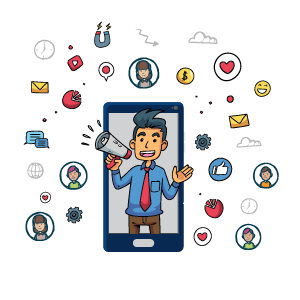
When marketing qualifies a lead, that is the best time for sales to reach out. If a newly qualified lead is not contacted in short order, they may lose interest or find another provider. Use automation to send a triggered email to your sales rep when someone becomes qualified. If you are tracking individual lead behaviors—such as content consumed or web pages visited—you can use system tags to populate your email with that information so your rep is armed with the insight needed to convert the lead.
5. Cart Abandonment:
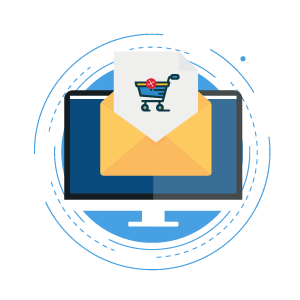
If your business has an eCommerce presence, consider setting up an email that gets triggered when someone leaves their cart full but does not purchase anything. You don’t need to be pushy about it, but rather let them know that they still have items in their cart in case they forgot or thought that they had completed the purchase. In many instances, people get distracted and forget to follow through. In others, they may be on the fence about their purchase, and in those instances, a cart abandonment email might be the nudge needed to push them over the edge. These are very easy to set up but highly effective in converting exiting prospects into paying customers.
6. Free Trial Sign-up:
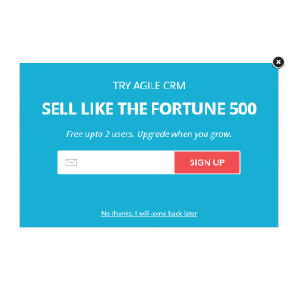
You can treat this workflow in a similar way as the onboarding drip explained above. One main difference is that you’ll want to pitch the benefits of your product in a subtle, but more aggressive way.
We suggest combining the welcome emails with the email providing user guides and training videos, to minimize the number of emails you send them so as not to annoy.
That first email should focus mostly on those resources that help them utilize your product, for if they can’t find value in your product or service, they will likely let their trial expire. Three or four days later, send an email pointing them to your thought leadership resources, so they begin to see you as an authority they can look to for practical advice.
7. Subscription Renewal:
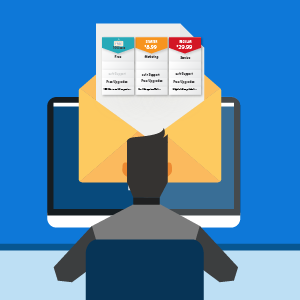
If your business is subscription-based, you can create a workflow to increase renewals. This is more important than many realize because it’s cheaper to retain an existing customer than to acquire a new one. Plus, according to the Gartner group, 80% of a company’s future revenue will come from just 20% of its existing customers.
This workflow is triggered by the customer’s renewal date; as it approaches, the system realizes and sends the first email, which can be sent a week or ten days prior to their expiration date. It’s just a friendly reminder, nothing more. With three days left, send another email—with slightly more urgency—alerting them that the date is nearing and letting them know that you would hate for their service to be interrupted. Build in a renewal buffer so when their subscription expires, you can send an email the next day informing them of that you have given them a few extra days to renew so they can enjoy uninterrupted access.
8. Customer Retention:
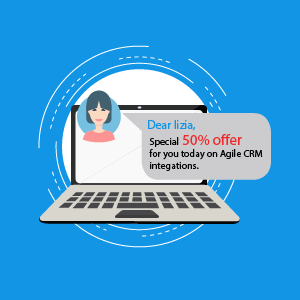
When customers display behaviours indicative of a propensity to leave, trigger an email to convince them to stick around. Such behaviours include not opening your emails for an extended period of time, unsubscribing from your email list, or failing to pay their invoice. These emails must take a delicate tone, as you don’t want to hassle a potentially unhappy customer.
You can use this opportunity to send a survey, asking them to know how you can improve to better serve them. This will show that you are paying attention, and are genuinely concerned with your ability to satisfy them. You can also offer a discount or promotion but use this tactic sparingly, as it’s possible that your customer is happy, and has just been inundated with other things.
9. Send Gated Content:
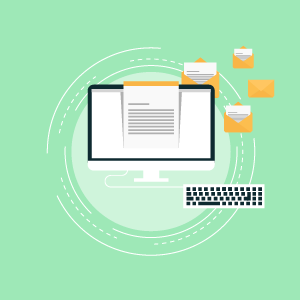
Gating your high-value content—such as eBooks or white papers—is a great way to generate leads. Create a standalone landing page with a short form that includes a field for email address. If your content is powerful, leads will be willing to self-identify in exchange for the insights within. When the form is submitted, the workflow is triggered and sends an email to the lead with either a download link or the content attached. Gated content is a great way to grow your email list. Just be sure to capture their contact information in the process.
10. Re-engagement Workflow:
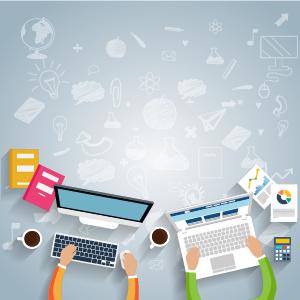
Do you have prospects stuck in the funnel? Or previous customers that you’d like to re-engage? A re-engagement email workflow works wonders for bringing them back into the fold. You can trigger this based on time elapsed since a customer’s last purchase, or if a lead hasn’t been scored by marketing in a long time.
The best route is to send one of your high-value content pieces—something that will knock their socks off. If they have forgotten about you, provide them with something that will solve a persistent problem for them, such as a best practices article. As they say, the squeakiest wheel gets the oil, so don’t go silent for too long. Send an email that will immediately engage them, and you’ll have their attention once again.
Conclusion:
Regardless of how you use automated email workflows, it’s important to leverage them if you use marketing automation. Timing is everything when attempting to engage prospects and customers. If you communicate too soon, you risk annoying your contacts. If you’re too late, your window of opportunity might have already closed. There are loads of instances where automated workflows are advantageous, but not all of them will apply to your unique business model. Take the time to consider your customer’s needs and interests, and you’ll be sure to zero in on the workflows that will produce the best results for your use case.
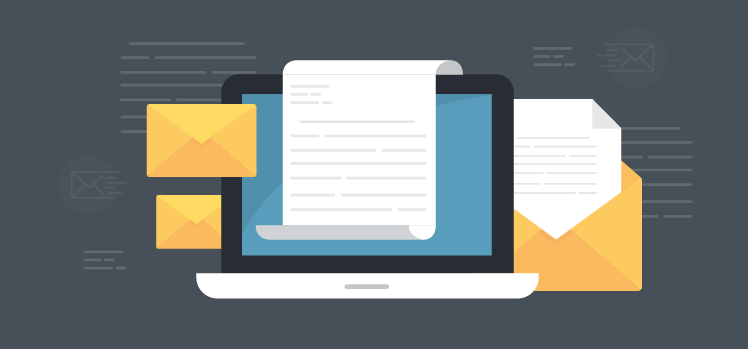
1 Comment
Roxanne
about 6 years agoGreat post!
Reply